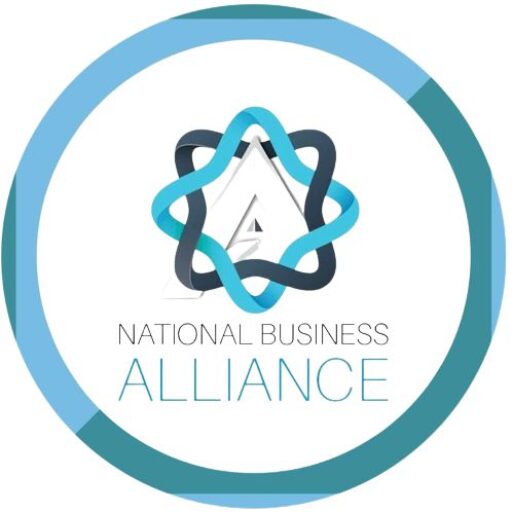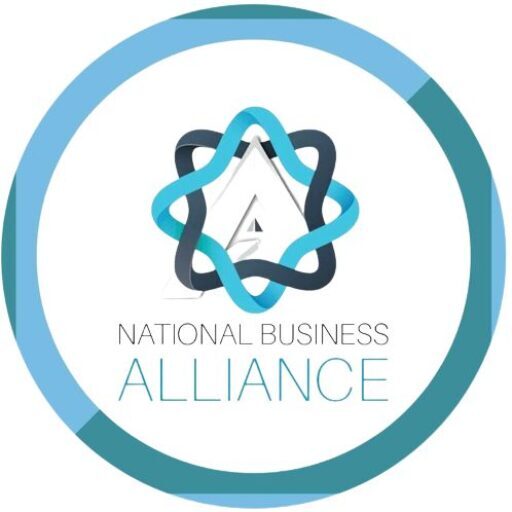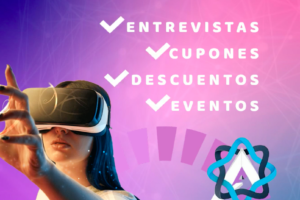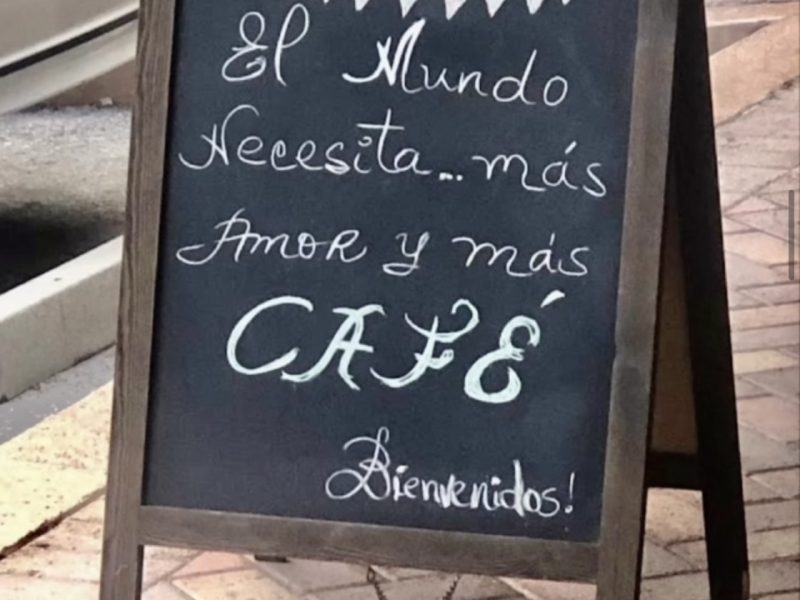Todd: Okay. So, Anthony, I thought we would talk about bitcoin.
Anthony: Okay.
Todd: So, you are kind of the expert about bitcoin.
Anthony: I wouldn’t say I’m an expert, I just, maybe a hobbyist, bitcoin hobbyist.
Todd: How long have you been involved with bitcoin?
Anthony: I first heard about bitcoin in probably 2012, and I really, I’m really kicking myself that I didn’t buy some then because it was about $20, but when I-
Todd: So $20 per bitcoin-
Anthony: Yeah, per bitcoin was about $20.
Todd: Okay. So how much is it worth now?
Anthony: Right now, it’s about $8,500, somewhere around there.
Todd: You’ve got to be kidding me.
Anthony: No. I wish I was, but-
Todd: Wow.
Anthony: I got into it as a hobbyist around 2014, a little before I moved abroad, and I got into what is known as mining. To briefly explain what that is, is miners, people who call themselves miners, they buy special computers which are called ASICs, and that stands for application-specific integrated circuit. The application-specific part means that the chips that you’re using in that computer can only be used for one specific purpose, and that purpose is to solve cryptographic problems, thus creating bitcoin. So that’s what I was doing, I was running a mining computer.
Todd: So you say mining, like mining, you’re getting little bits of bitcoin-
Anthony: Yeah, exactly.
Todd: And it’s tiny, tiny fragments.
Anthony: Exactly.
Todd: You have this chip in your computer. Your computer finds this cryptographic problem, so your computer, you get the reward by getting a small bit of bitcoin.
Anthony: Exactly. So it’s called solo mining. You can do solo mining where you’re only working with your, with whatever computers you have, but what’s a lot more popular is pool mining, where you join a pool and you work together with a group of miners to solve one problem, and once the block is discovered, as they say, each block contains 50 bitcoins. So depending on the computing power that you were giving the pool, you get paid out in equal measure. so for people, that’s a lot more profitable than solo mining because you could solo mine for years and never find a block. So, yeah.
Todd: Yeah. For somebody who has no concept of this, the first thing they’re going to ask you is, well, who creates these blocks of … Who makes this?
Anthony: That’s a good question.
Todd: It’s like a “Where are we from?” It’s like a chicken and an egg thing, so-
Anthony: Exactly, and that’s a very interesting point to bring up because allegedly the creator of bitcoin is someone called Satoshi Nakamoto. And he is the alleged creator, as I said, but the reason I say alleged, is that no one has ever met this person. He’s kind of a mystery, so no one knows his real identity. Some people have had made theories that it could be a group of people. It could be a specific person that, and that’s just an alias, but no one really knows who this guy is and where he came from. Yeah, it’s this really interesting concept.
Todd: So, then how did this take hold? How did this get a foot in society? You know what I mean, like get a foot in the door, I should say.
Anthony: Yeah.
Todd: So somebody creates this system. This person is a mystery, but then the internet grabbed onto it and said, “Hey, this is a really cool thing. I want to buy this.” It’s just it’s quite interesting that this market came out of nowhere and now it’s challenging traditional currency systems.
Anthony: Exactly. This was before the internet was even really what it is now, but I think in like 2007, I think, 2007, 2008, there was a group of people called the Cypherpunks, and they were kind of like anarchistic programmers that were anti-establishment. They ran this email mailing list, and they were just collaborating together talking about creating some kind of digital cash. Satoshi Nakamoto was a member of that mailing list, and that’s where it kind of gained the underground movement and … Really, I think there’s what is called the white paper and that’s the document that details everything about bitcoin, and it’s really big. I’m not sure exactly how large, but it’s like a book, and a lot of the reason it took off is people would read it and they would believe the technology, and they would try to sell it to other people because they believed in it really.
Todd: Wow. That’s an interesting history, and so basically this community read this white paper and then it took off-
Anthony: From there.
Todd: And gained momentum and then that here we are today.
Anthony: Yeah, but I think a big part of it, as you mentioned, is really just convincing people because really fiat currency, I mean, if you break it down, it’s just paper, right?
Todd: Yeah.
Anthony: It’s just paper that the government makes.
Todd: It’s an illusion.
Anthony: Yeah, and the only reason that it has any value is because we trust in it. So, if I give you a $100 bill or whatever, you’re going to trust that you can spend that to buy something, so it’s the same thing with bitcoin. It’s a process of convincing people that because this technology makes something that is scarce, it cannot be replicated, it cannot be … Without the proper means, it cannot be moved or taken, that it is a valid way of transferring value digitally. So that’s a really big part of it and a lot of people have bought into it.
Todd: Wow. Very interesting.
1) When did Anthony first get into bitcoin as a hobbyist? 
2) What do bitcoin miners do? 
3) What type of mining is more likely to find a block? 
4) Why is Satoshi Nakamoto called the alleged creator of bitcoin? 
5) What is the approximate value of a bitcoin now? 






































